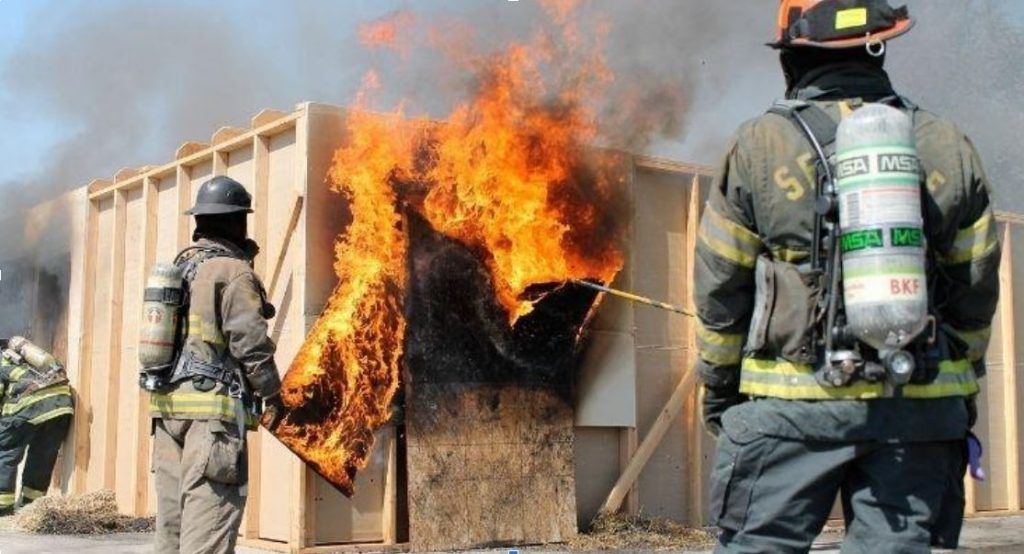
Firefighters have hazardous careers and put their safety at risk for the benefit of the public. Standard training is required to prepare folks for the courageous role and minimize safety threats.
Though some requirements vary by state, achieving multiple certifications is typically what standard firefighting involves. Certifications are received upon completion of two different levels of firefighter training.
Prior to training
Most states demand a high school diploma or a GED to pursue firefighting. To be a certified firefighter, you also need to have a valid driver’s license in the state of employment and be 18 years or older.
Alongside training, you must also pass fitness and drug tests, as well as medical and written exams. It is common for CPR and basic first aid certifications to be completed throughout the duration of firefighting training as well.
Level one
Level one training can be completed through university or college courses. The first level of training has both classroom and hands-on learning. Material covered during level one firefighter training spans from communications, to rescue and extraction, and proper use of fire training tools.
Essential topics explored during level one training also include fire detection and control and the importance of personal protective equipment on the job. A minimum number of hours of level one training need to be logged per individual before moving onto level two training. These numbers are determined by the state of the fire department.
People who complete level one firefighter training may be eligible for a paid firefighting position in some states. Most departments, however, take on level one firefighters as volunteers.
Level two
Increase your competitive edge in the firefighting field by pursuing level two training. Many departments require completion of this level to be considered for a paid firefighter position. The second level of fire training includes advanced versions of techniques taught in the previous level. Training covers:
- How to protect evidence at the scene of a fire
- Enhanced rescue techniques
- Detailed fire control and communication procedures
Firefighters that finish level two training can apply for more competitive wages than those with only level one completion.
Finishing quality training ensures better safety practices of the individual and provides them with the necessary knowledge to be successful in the field.



